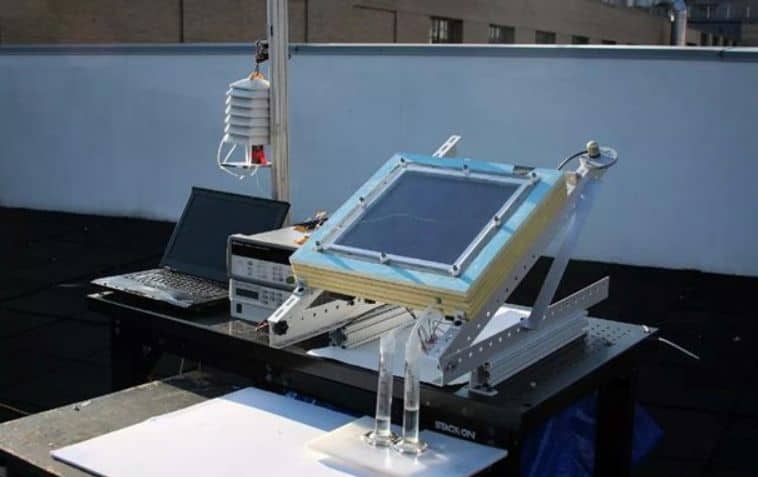The prototype is capable of producing air even at low humidity and is powered by a solar battery
Scientists from the United States and South Korea have developed a prototype of the plant, capable of producing drinking water from the air at low humidity. The development was described in the journal Joule on Tuesday, October 13.
Researchers at the Massachusetts Institute of Technology (MIT) three years ago conceived a system that, using daily temperature drops, collects moisture at night on the surface of adsorbent material. The next day, when the material was heated by sunlight, water came out of the adsorbent structure, condensing on the lower shadow side of the collection plate.
At first, as an adsorbent, scientists used organometallic frameworks, which are expensive and not very productive. The new version of the installation uses a natural adsorbing material zeolite – microporous iron aluminophosphate. It is widely available, stable and highly effective.
The system also became a two-stage – the developers added a second desorption and condensation stage. The battery collects solar heat on the surface of the system and heats up the zeolite, which releases the moisture accumulated overnight as steam. The vapor condenses on a copper collector plate located above the second layer of zeolite. And this also generates heat, which is used to release water vapor from the second zeolite layer. The water droplets collected from both layers are directed to the reservoir.
The plant produces about 0.8 liters of water per square meter per day, which is twice as much compared to the earlier version. The exact readings depend on local fluctuations in temperature, solar flux and humidity. The authors note that during the tests of the prototype on the MIT roof, the figures were significantly higher, but even the planned productivity, in their opinion, is enough to provide drinking water for several people in remote arid regions with limited access to electricity.
Note that the existing systems for collecting water from fog and dew work only in conditions of high humidity – at least 50 per cent – and are very energy-intensive since they require constant cooling of condensation surfaces. The new installation can operate even in dry regions, using only the heat of the sun or other natural source.
